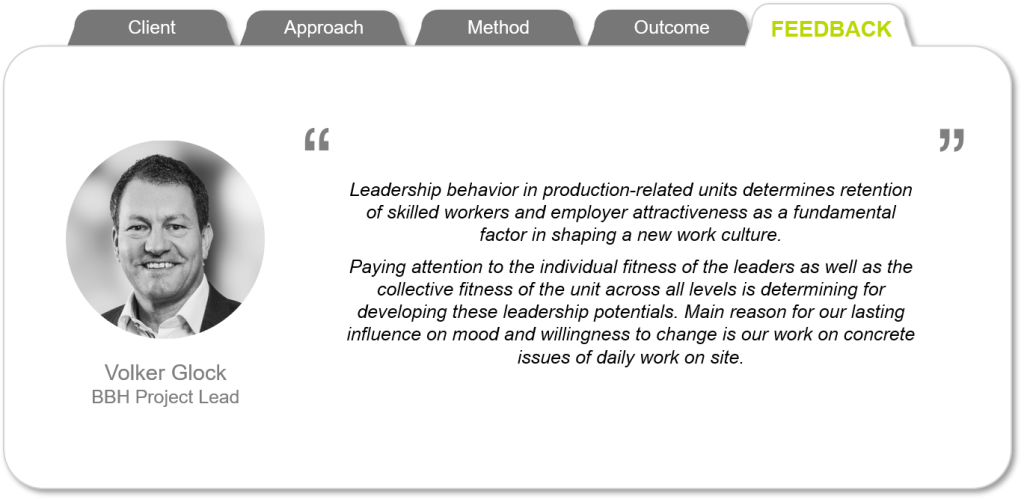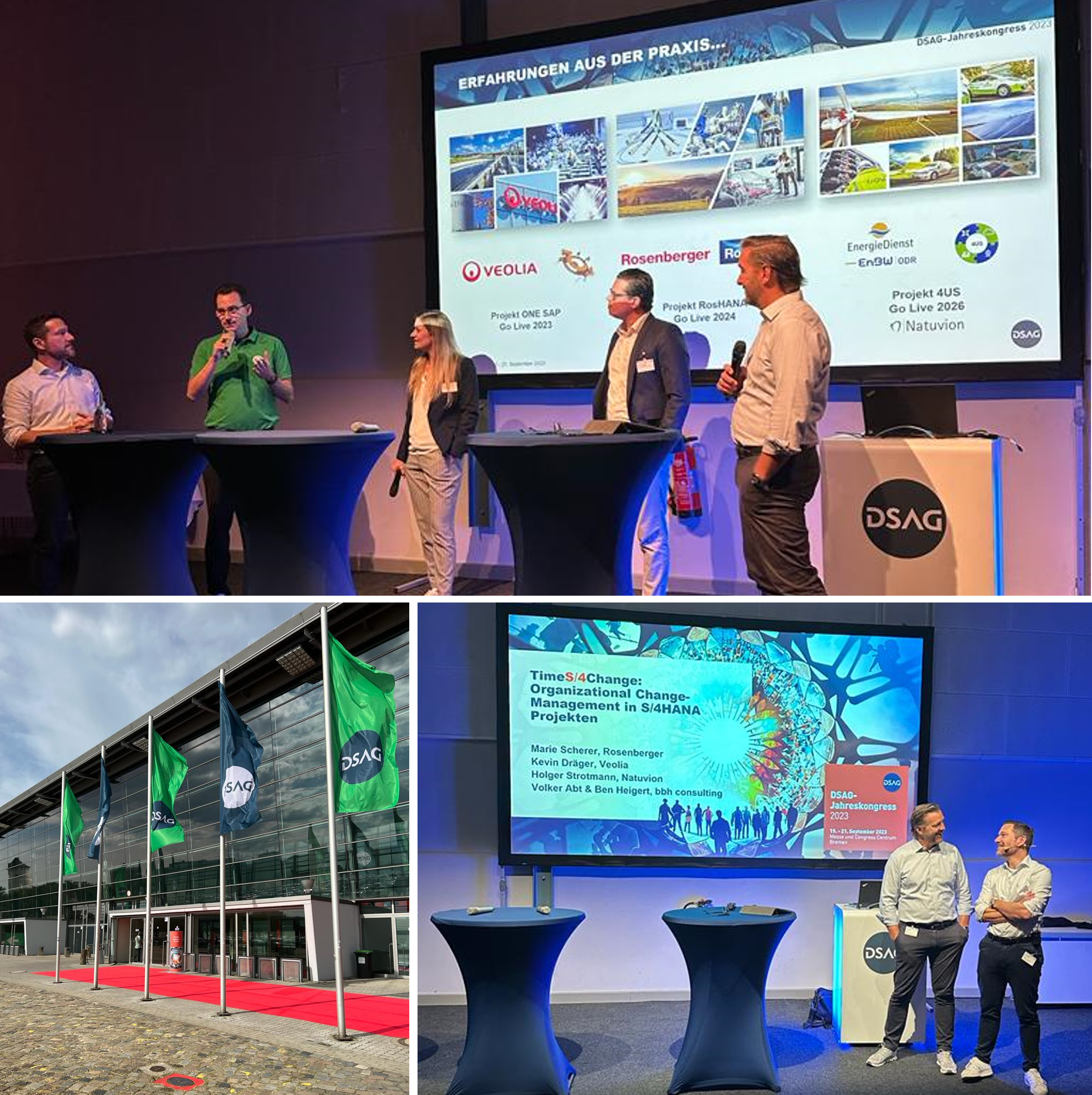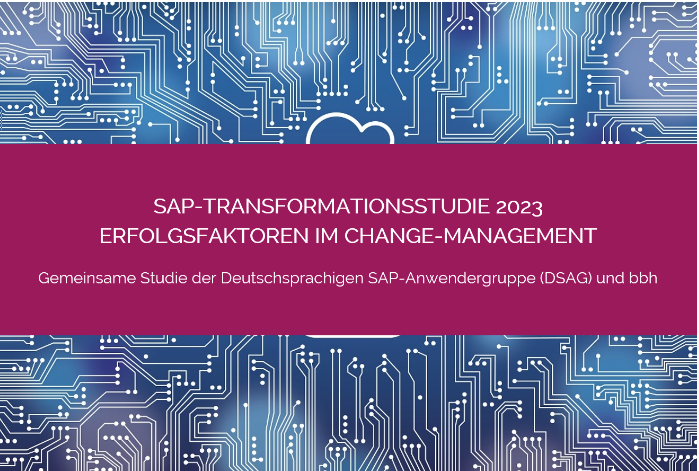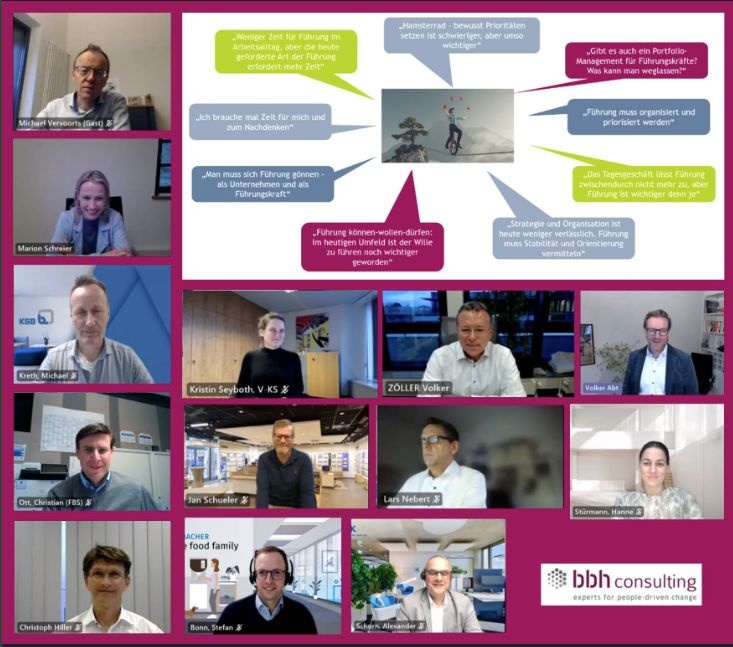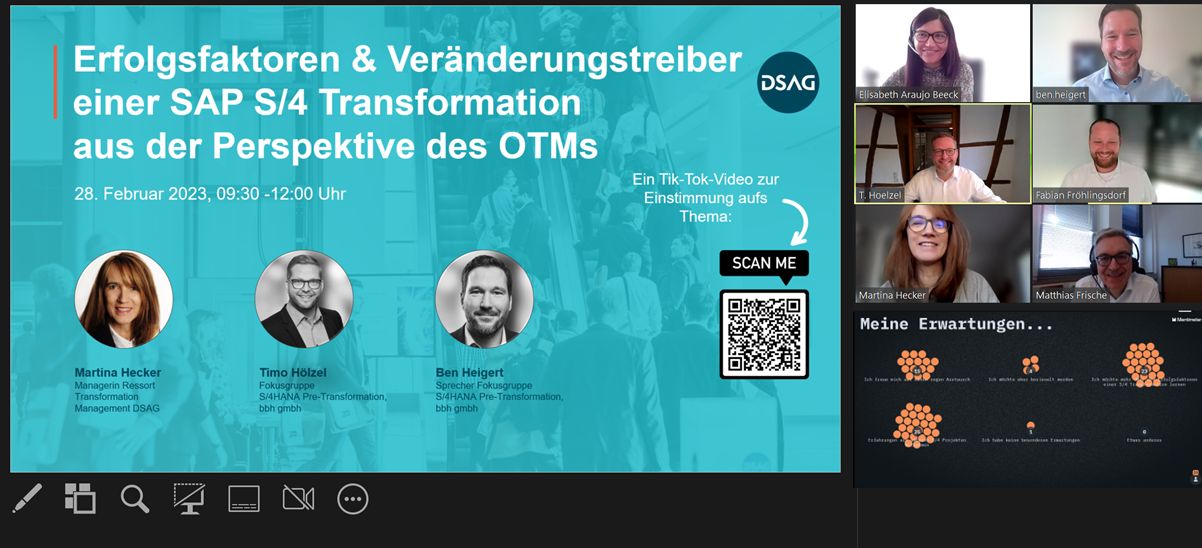Shaping New Work Cultures – also on the Level of Skilled Workers in Operational Units
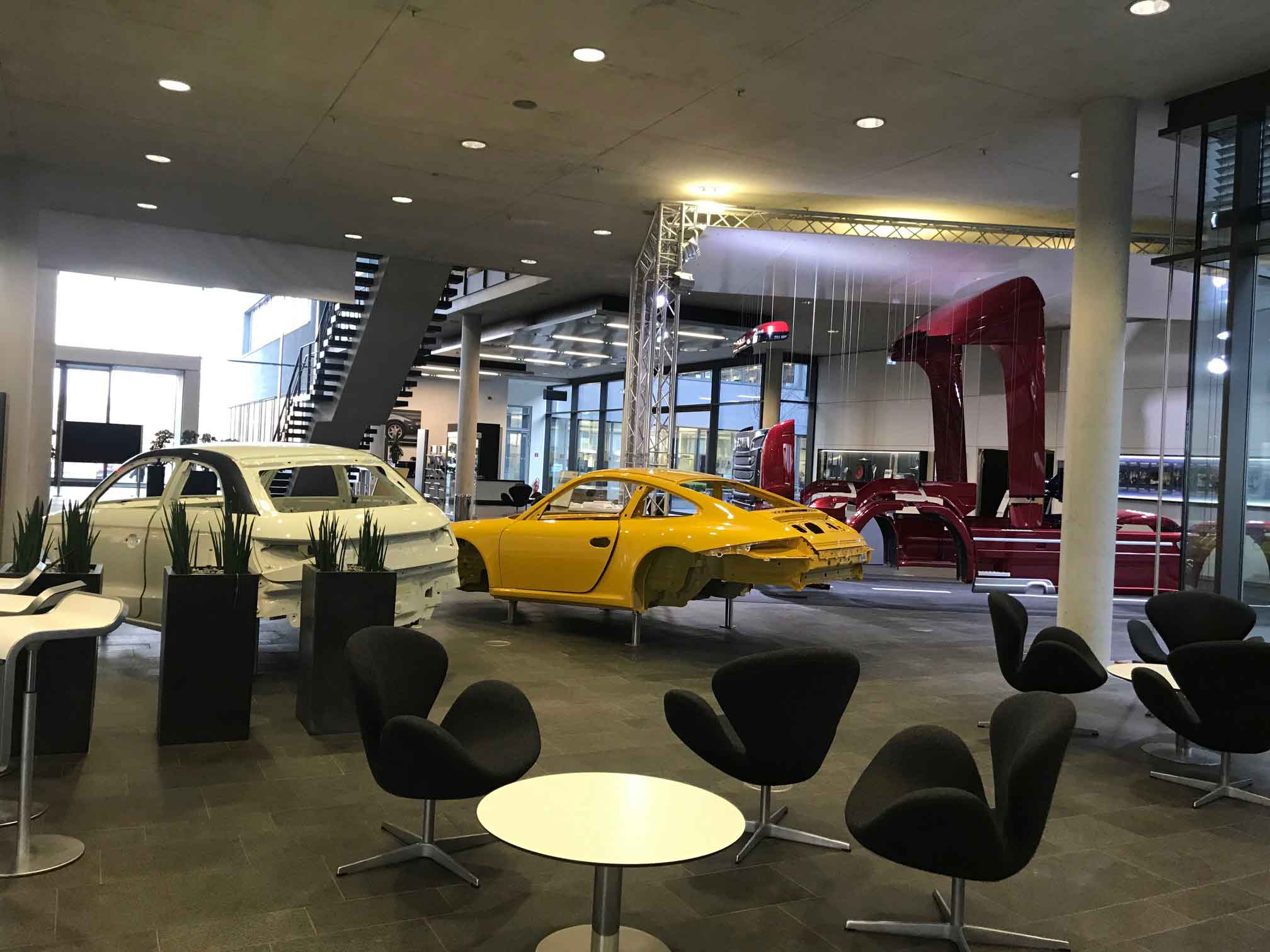
Reacting to the Shortage of Skilled Workers with an Attractive Work Culture – also in Operational and Producing Units
Current surveys show that companies consider shortage of skilled workers as the biggest risk for the German economy. Especially in change processes, the risk of losing skilled workers increases, as well as when trends or innovations are ignored. In many cases, the main reason is the way how leaders from top management to first line managers (leaders in front line) embrace and shape change.
Successfully Implementing Change: Operational Leaders Shape how Skilled Workers Perceive the Work Culture
Most companies face the challenge to not only organize their production processes and technologies according to a digital work culture, industry 4.0 and new work, but also mindsets and behaviors of employees and especially leaders. But the success of this work change does not only decide upon efficiency of companies, but also upon their employer attractiveness, which is especially important for attracting and retaining skilled workers.
Technology and process change are easy for most of the producing companies, which often play a leading role in technology. Changes in mindset and behavior or cultural change are more challenging due to strong process orientation. This is especially the case for producing and operational units: On the one hand, because these units are strongly characterized by the tayloristic paradigm and on the other hand, due to special framework conditions as for example the necessary physical presence of skilled workers and the highly collaborative organization of work. A sociocultural divide between „simple employees” and „strategic managers“ even exacerbates these difficulties. All that leads to a still very traditional understanding of leadership in operational units, to the belief that new work approaches are inadequate for these units and to the perception that change management is no core task of operational leadership.
To master this step into a new and attractive work culture, in which employees want to deliver a remarkable performance and search for continuous improvement, this divide and the traditional understanding of leadership and work has to be overcome on both sides.
CASE: Fitness Process for the Entire Leadership Team in Production
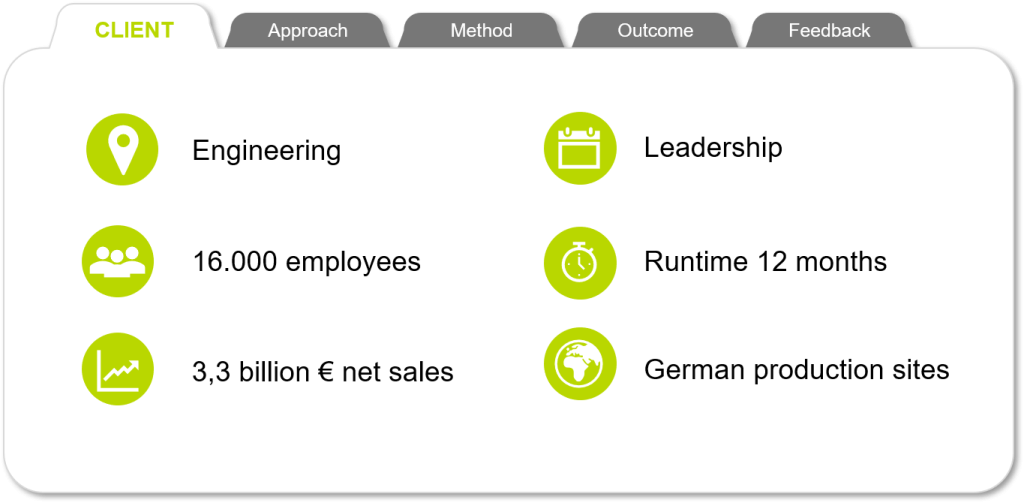
Because of that, we drew up a further development of our first line leadership program for operational units in form of a complementary fitness process for various production sites of an engineering company. This fitness process supports change and development processes and takes place on-site across all levels, to develop the mindset and to adjust it to new demands at all levels. Our goal in this special case was the further development of leadership quality to increase motivation and mood as well as willingness to change and ability to renew.
Basis: Building a Corporate Awareness of Individual and Collective Fitness of the Unit
As a basis for this development process, we conducted fitness dialogs with selected key players of all levels to capture the initial situation and to develop transparency and a common understanding of the fields of action:
- Which leadership culture is predominant, and does it go with the future picture of the company?
- Which are the current strategic topics that drive or need changes?
- Which roles do our charge-hands/shift leaders/team managers/heads of department have to play (in the future)?
- What are predominant thinking and behavioral patterns?
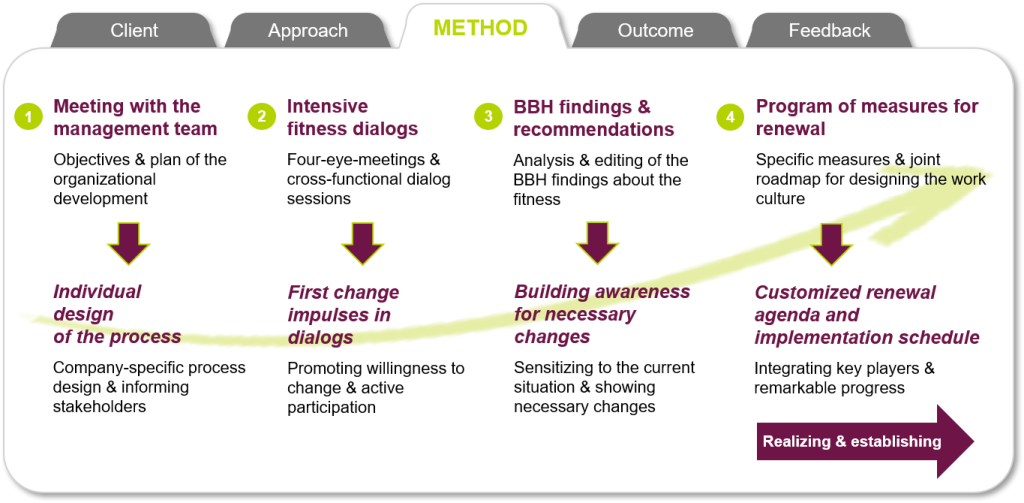
Shaping Changes: Derivation and Implementation of an Individual and Collective Development Agenda
Derived from the knowledge gained from the fitness dialogs, we were able to identify the crucial fields of action and a development agenda – for individual key players as well as the unit and separate teams inside the unit. Based on that, we drew up a customized development process, which focused on coaching the key players across all levels.
This process has to be customized because key players and positions, demands upon different leadership positions as well as the maturity of the organization differ from company to company – in some cases even from department to department. In this light, we individually adjusted the contents of the development measures to the needs of the respective target group. As a result, we modified and realigned meeting formats and rituals, optimized organizational structures and processes and redesigned leadership interactions and interventions. Furthermore, identified fields of action were tackled and solved by cross-functional teams.

To accelerate and to strengthen the change, multipliers (influencers) at employee level were integrated and positioned. Moreover, some new leaders were appointed and the personnel processes for developing and selecting future leaders were renewed as part of the process. The following outcomes could be achieved:
- Shared understanding of leadership across all leadership levels
- Individual further development of all leaders in daily work
- Improved communication and involvement of employees
- Transparency of tasks, roles and responsibilities
- Improved collaboration across departments and optimized end-to-end processes
It was determining for the resounding success and improved mood, motivation and willingness to change that the development process took place on site and across all leadership levels. In this way, we could make a lasting impact on the individual fitness of the leaders as well as the collective fitness of the department and the separate teams.
